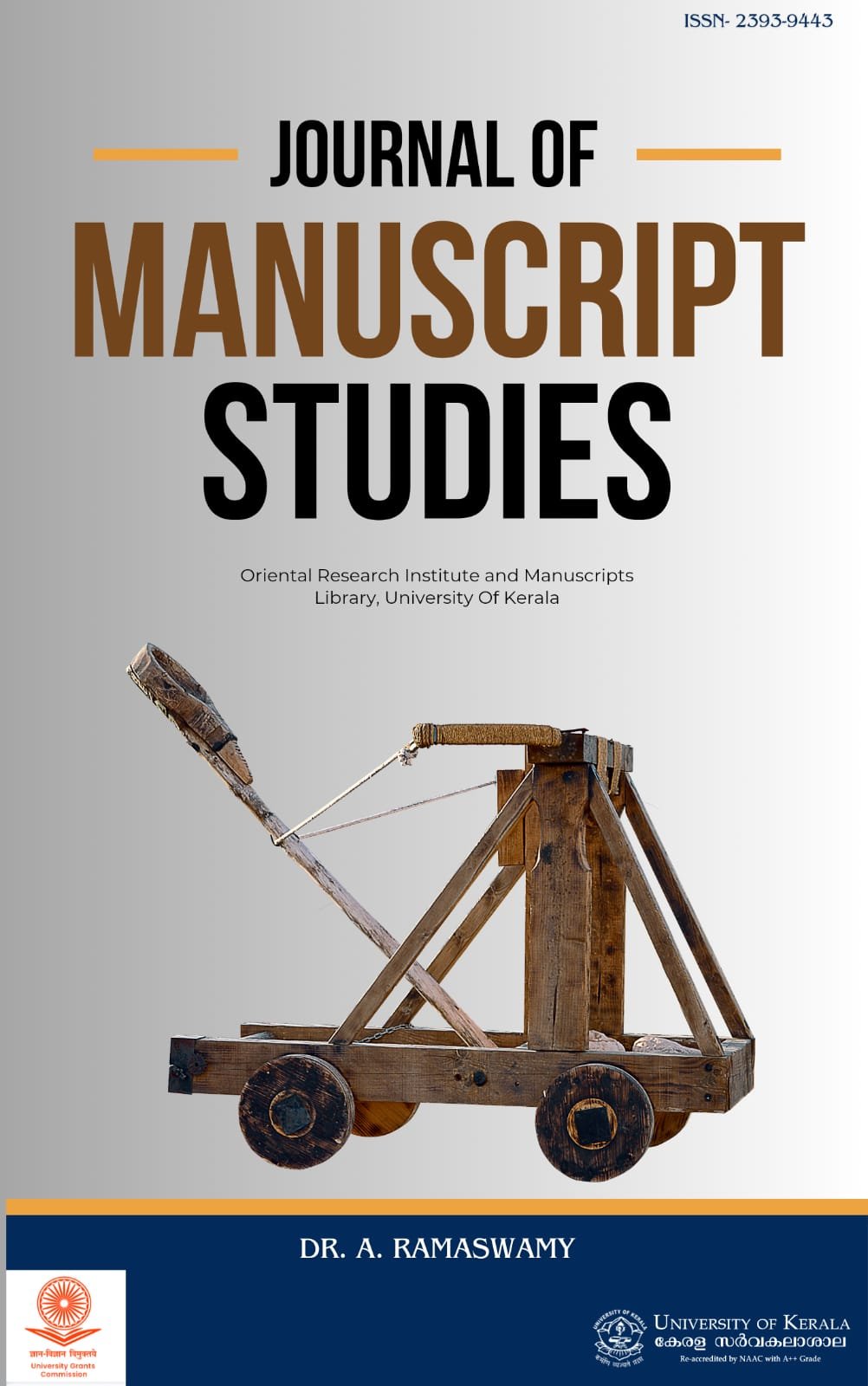Effect of endophytic fungi on plant growth and blast disease incidence of two traditional rice varieties
Keywords:
Suwandel, Disease incidence, endophytic fungiAbstract
Traditional rice varieties, although low producers
of yield, are more amenable to organic farming practices that
cause less damage to the environment and human health.
Improved growth and reduced disease incidence would
produce higher yields, and endophytic fungi have proven to be
effective in achieving these ends in wheat. With this in view,
endophytic fungal assemblages of two traditional rice varieties
of Sri Lanka i.e. Suwandel and Kaluheenati were evaluated for
their effect on the growth and disease incidence of rice plants,
because the endophytic mycoflora of these two traditional rice
varieties and their effects have not been studied before. The
most common and the highest occurring endophytes of both
rice varieties i.e. Absidia and Cylindrocladium were tested
to determine their effect on rice plant growth and the results
showed that the plants inoculated with both fungal isolates
showed significant increases (p ≤ 0.05) in plant height, fresh
weight and dry weight. Twenty two endophytic fungal isolates
common to both rice varieties were screened using dual
culture assay for their ability to control the mycelial growth of
Magnaporthe grisea, the causative agent of rice blast disease.
All tested endophytes controlled pathogen growth by coiling
the hyphae around the pathogen and forming clamps and loops.
However, Absidia and Acremonium showed the highest growth
inhibition of the pathogen (100 %) and showed an abundance
of the above inhibitory structures. The effect of crude culture
filtrates of thirteen endophytic fungi tested using the diffusion
plate method indicated antagonistic activity against the rice
pathogen. In planta tests were carried out to assess the effect
of three endophytic fungi i.e. Acremonium, Absidia and
Penicillium on infection by M. grisea. Disease symptoms were
observed only on the leaves of the rice plants grown from
Penicillium inoculated seedlings and on plants used as controls
sprayed with a 1×107 spores/mL suspension of the pathogen.
Pre-inoculation with Acremonium and Absidia were effective in
preventing infection by the blast fungus. No disease symptoms
were observed in plants pre-inoculated with endophytes and
in plants used as controls sprayed with a 1×105 spores/mL
suspension of the pathogen. Twenty one endophytic fungi
common to both rice varieties were assessed by the culture
plate method in this study.

Downloads
Published
Issue
Section
License

This work is licensed under a Creative Commons Attribution-NonCommercial-NoDerivatives 4.0 International License.













